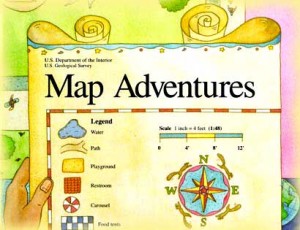Think of your introduction as a road map. You have been given a destination (the question) and there are lots of perfectly acceptable ways of getting there. In your introduction you lay out clearly what directions you’ll take in your essay. Your conclusion is where you look back on the highlights of your journey and recap on what you have learnt along the way!
INTRODUCTION: MAKE SURE TO USE THE WORDS FROM THE Q – but don’t begin by simply parroting back the question word for word. There is nothing worse than the predictable “I agree 100% that…..”. You could begin with a quote and/or with a dramatic statement and you must engage with the question asked.
Each introduction needs the following:
- Thesis (main idea) = eg. Plath’s poetry is filled with the fears we all share.
- Main topics to be discussed = (1), (2), (3)
- Answer the Question = PR – my personal response (sentences using “I” or “me”)
Imagine the question is “Plath’s poetry offers us a frightening yet fascinating insight into her personal demons”
Sample introduction:
(Thesis) Plath’s poetry captures the fear in the heart of us all. Fear of failure, fear of unhappiness, fear of hitting the bottom and being unable to claw our way back to sanity. (1) In the poems “Morning Song” and “Child”, Plath is afraid that despite her best intentions she is will not be a good mother to her children. (2) In “Mirror” and “Elm” she fears that her depression & disappointment with life will destroy her. (3) In “Pheasant” and “The Arrival of the Beebox” she worries that power corrupts people in frightening ways. (PR) I found this exploration of human fears and insecurities in her poetry both fascinating & disturbing.
CONCLUSION: MAKE SURE TO USE THE WORDS FROM THE QUESTION but don’t simply repeat what you said in the introduction and don’t introduce new ideas.
Each conclusion must:
- Link the last paragraph to the first.
- Repeat the thesis (main idea) but rephrase it.
- Taking each idea in turn (1. motherhood, 2. depression, 3. power) say what you learned from studying each issue & this poet in general. By doing this you will be showing how you have proved your thesis/answered the Q
Sample conclusion:
(Thesis) Thus we see that Plath’s poetry begins in fear and ends in fear. Yet studying her poetry and getting an insight into her personal demons was for me an uplifting as well as a depressing experience. (1)I personally admired her determination to provide only the best for her children and learnt that parenting can involve many difficult challenges. (2)I found her exploration of the loss of youth in Mirror and the loss of love & sanity in Elm truly disturbing, but in a positive way these poems encouraged me to avoid putting pressure on myself to be ‘perfect’ in appearance and behaviour. (3) Finally, Plath’s poetry challenged me to avoid exploiting the power I have over nature and to have a greater respect for the environment. Accompanying Plath on her journey to the bottom was not easy but I learnt a lot about life on the way and I would strongly recommend her poetry despite it’s difficult subject matter.
Some obvious things that need to be said:
Don’t put in the bits in bold/brackets – I’m just putting them in to make it really obvious what each sentence is doing.
This is a good introduction and conclusion FOR THIS PARTICULAR ESSAY TITLE. But don’t be rubbing your hands together in glee, saying ‘yey, I’ll just learn off this introduction and conclusion and write them if Plath comes up‘ – you can’t write a definitive introduction and conclusion in advance because you don’t know what the question will be until you open the exam paper. And you MUST answer the question. And there’s also the not so small matter of plagiarism to consider!





